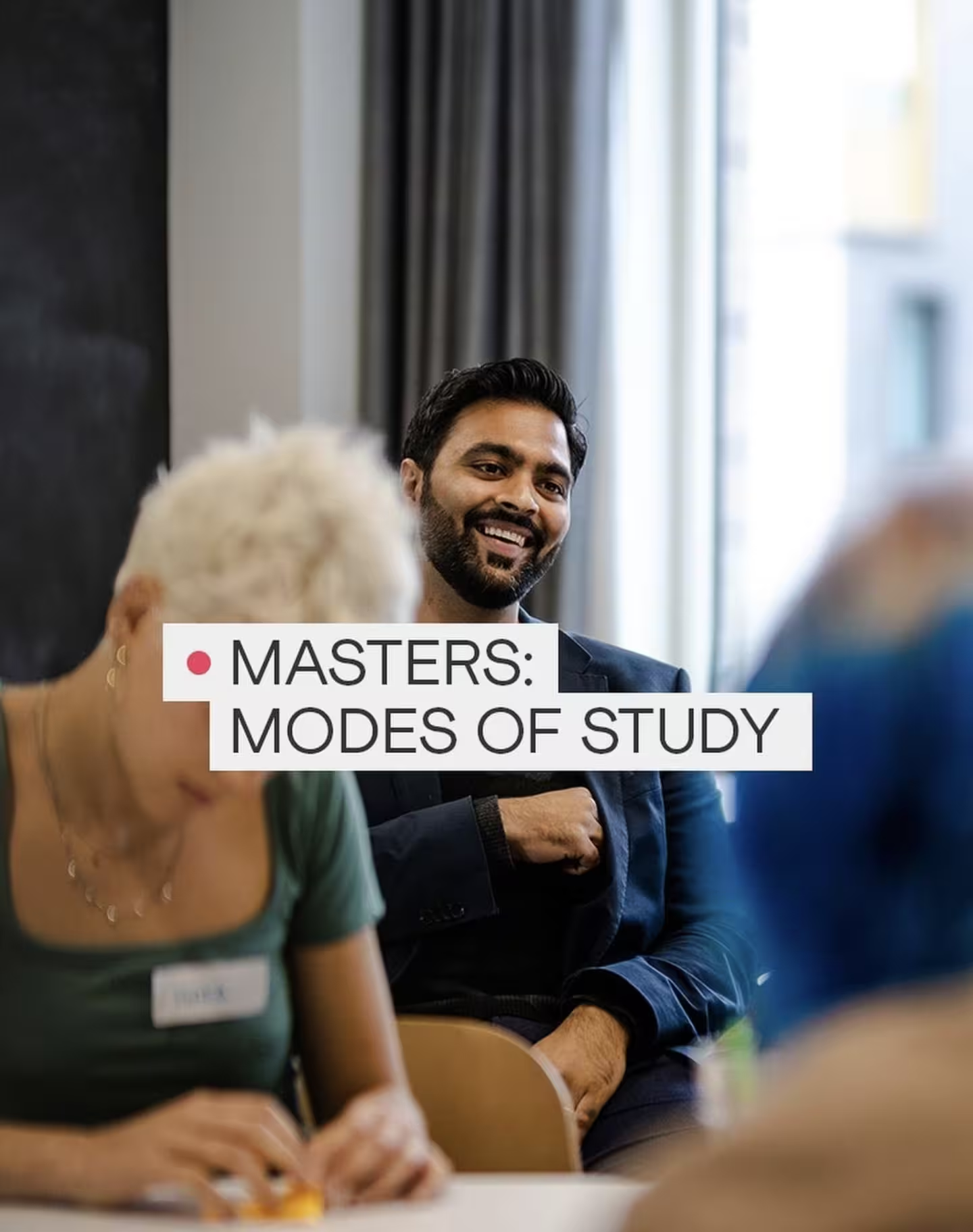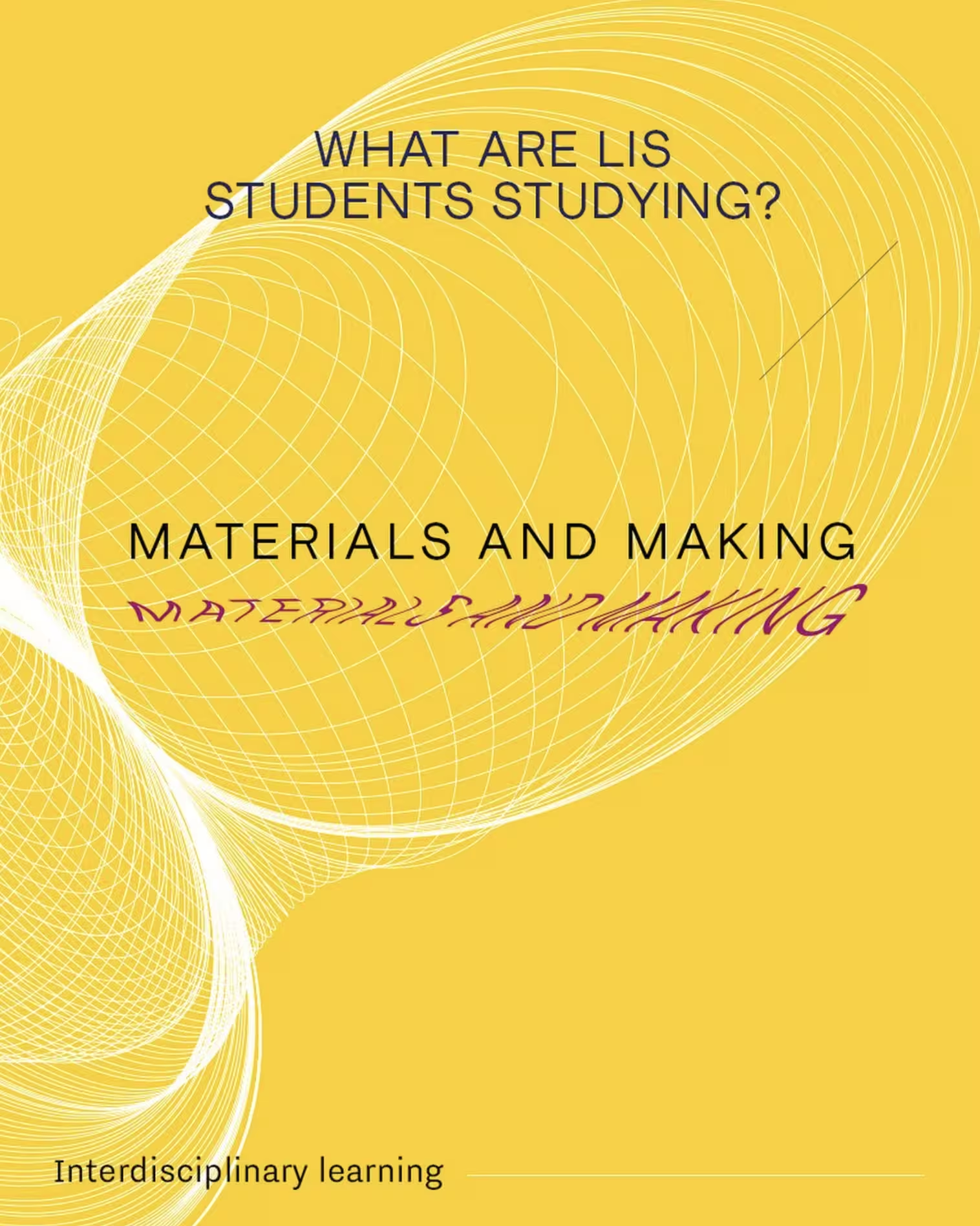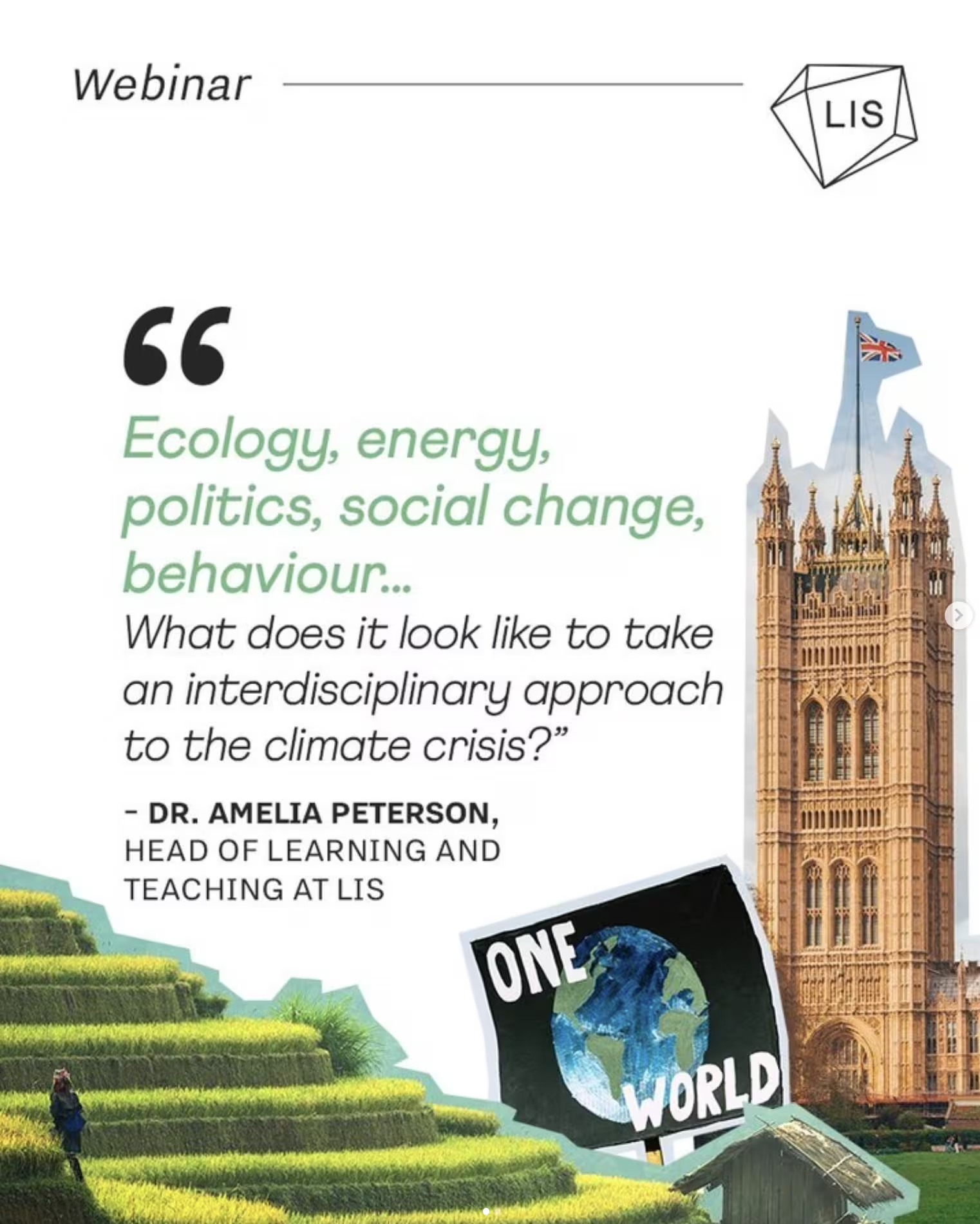Dhiresh & Makers4TheNHS

We first met Dhiresh Nathwani during an LIS Discovery Day back in September 2019. At the age of 18, Dhiresh has spent his lockdown making face shields for NHS hospitals, GP surgeries, care homes, and other places in need of PPE. What started with Dhiresh and a 3D printer in his bedroom, has turned into Makers4TheNHS, a project of over sixty hobbyists printing about 500 shields per day, and shipping more than 300 each day across the UK.
To date, they’ve received 6,600 requests for face shields and have already shipped 4,697.
We caught up with Dhiresh (over Zoom!) to find out more.
So Dhiresh, how did this all come about?
My exams are cancelled and I don’t have much to do. So I started looking around online and saw what other people were doing – I saw that loads of people have 3D printers and are printing shields. So I got involved and started printing the Prusa design, which has been approved by the Czech Ministry of Health.
I know some people who also have printers, so I began contacting them. I was doing a project, last year, on drones and machine learning as part of my EPQ, and started tweeting about it. The CTO of IBM messaged me about it and invited me into IBM for work experience. And I knew that if I wanted to scale up, IBM would be a great organisation to help me out. They’re a huge company and my story ended up being sent round their internal and external comms. Now around 12 of our 65 members are from IBM.
Other people with printers and other expertise got involved through social media because I was posting a lot. And it just blew up from there.
What was the moment when you said ‘okay, I’m actually going to do this now. I’m actually going to start printing these shields.’
I started printing when some NHS hospital staff said they’d accept anything – where anything was better than nothing. At that point I said ‘ok, let’s do it’.

How does it work?
The design is fairly easy because it’s all open source, so it’s already been designed. You just download the design and put it on an SD card – there’s an SD card on every single printer. Plug the card in, hit play, and it will print. It’s so simple. But there’s a lot of maintenance – a lot of building, and things go wrong all the time. I now have twenty-one printers running in my garage…
How many of you are doing it now?
At Makers4TheNHS, there are currently 65 members, with more joining every day. There’s a larger group called 3D Crowd UK. They were able to get the logistics of thousands of printers up and running very quickly, so they have huge outputs. It’s incredible. But eventually, they had to become centralised with smaller local hubs. And all of the prints have to go through quality control before being shipped out.
At Makers4TheNHS, we felt that local hospitals needed protection faster. So using local logistics, we were able to get this group up and running to support the local network here in London.
How much does it cost?
It’s really cost-effective. Just over four weeks ago the total cost of making a shield was about £2.50, however using contacts with suppliers we have been able to bring it down to £1.50 a shield.
Dhiresh shows us a huge role of filament (the plastic that goes into 3D printers).
This is three kilograms. We’re bulk buying the raw materials that we need. And a bunch of printers broke so we’re fixing those too. That’s part of the reason we need to fundraise. We need access to other materials too, like elastic and acetate. Suppliers are having problems with these nationally.
Some people want to donate anonymously. I had someone call me up and say they wanted to donate ten new printers – that’s about £3,500! They told me to go and buy them, and that they’d bear the cost. It’s got to the point where some people feel like they can’t do anything, but they know that we can.
What’s the reaction been like?
Really supportive. We’ve had shoutouts from news channels, MPs – all sorts of people are getting excited about what we’re doing. I was also interviewed on Channel 5 News, Al Jazeera News and the Newham Recorder. IBM also featured Makers4TheNHS on their website. I really enjoyed the interviews, but Channel 5 cut a fair bit out. My story was partnered with a 13 year old who’s doing an awesome job printing at home too. I sort of ended up answering questions about PPE rather than talking about Makers4TheNHS. I also filmed with ITV a few days ago which was great.
There are some people who are still apprehensive about the shields not being regulated, because the masks we’re printing aren’t medically approved. And that’s a big deal. The NHS as an organisation can’t officially tell us to give them masks, but some staff at hospitals have contacted us to say that they’d love for us to drop as many as possible round.
Now that we’re shouting about what we’re doing on social media, I get a lot of calls and emails from nurses who want to order shields from us. We now have a spreadsheet full of orders which we’ll ship out. We’ve got a London hub, a Hampshire hub, and we’re going to have a hub in Manchester soon. All the prints in the local area go to the hubs, and the hubs get drivers (we’ve teamed up with Dare to Care Packages) who make care packages for isolated people as well as source PPE for the NHS. We share a building with them at the moment in Kentish Town. Drivers wear masks and gloves, and follow the current delivery procedure for the NHS.
What advice do you have for young people who are thinking ‘what can I do to help?’
There’s a lot you can do. The NHS needs masks, right? And a couple of hundred years ago, the doctors and nurses didn’t have fancy masks, they had cloth. You can manufacture those sorts of masks at home from bed sheets. That’s what my mum was doing. Cutting up old bed sheets that we don’t use, and making them into masks.
You don’t need much equipment. If your parents or grandparents have a sewing kit, that’s enough. Everyone’s got old bed sheets they’re never going to use. If you can manufacture five masks, that’s still better than doing nothing. I seriously can’t stress this enough. One more mask could mean one less death. It’s a scary world at the moment, but we can all help each other out.
A big way of getting involved is through Facebook groups. I haven’t used Facebook in a good few years, but I logged on recently and there are loads of people forming groups to help people out locally. There might be a nurse in the group, and everyone will be figuring out a way to get them PPE. My road even has a group. We’re all just helping each other with the free time that we have.

What’s next for this initiative?
I’d like to get to a point where this is self-sustaining – where I can just take the prints and give them to someone, so I can help another part of the pandemic. That’s my personal goal. I’m interested in care homes. Lots of the tools that care homes use are being redirected to NHS hospitals. There are still nurses working at care homes, but they have less equipment now. I’d like to speak to some of those nurses and find out exactly what their challenges are.
We’re also looking for corporate sponsorship for Makers4TheNHS so that we can keep growing and keep helping people. The PPE shortage is only going to get worse as different industries now have a new need for PPE. Even if more suppliers come through, we won’t be able to meet the demand.
It’s sad to think about, but I do think we’re all going to have a lot of time on our hands. I’m happy to donate my time (12 hours a day, 7 days a week, to be precise) We can all do things to help.
If anyone wants to get involved with Makers4TheNHS, message Dhiresh on Twitter @DhireshNathwani and check out their website: http://www.makers4thenhs.com – you definitely don’t need a 3D printer to get involved.
—
21/05/2020 update: Makers4TheNHS has had to close due to new government regulation regarding PPE. Smaller operators need to apply for a CE certification which would prove too costly for the group, and difficult to obtain due to the number of individuals involved. As a result, Makers4TheNHS have joined 3D Crowd UK, a larger group already in the process of gaining their CE certification.
Share this story
Sign up for our newsletter
Don't miss out on important updates including course information, new announcements, Open Day dates and the latest LIS news.














































.svg)

.svg)





This is a comment related to the post above. It was submitted in a form, formatted by Make, and then approved by an admin. After getting approved, it was sent to Webflow and stored in a rich text field.